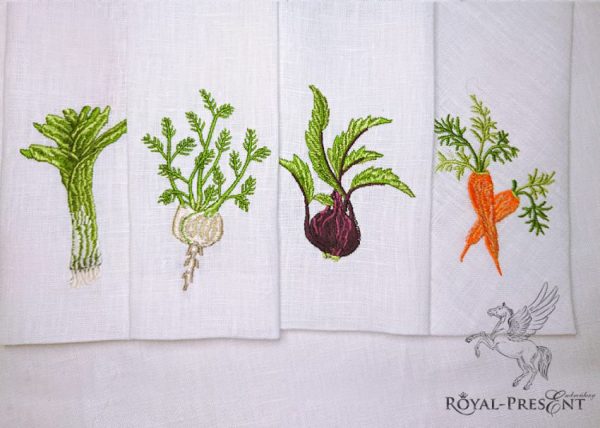Textile adornment of interiors fulfills duties both of beautification and comfort. It brings out every home’s character, highlighting and completing its style. That is why it is essential to assemble the right quality, texture and pattern in a harmonious unison. This article will unravel positive and negative sides of most popular fabric types.
Natural fabrics
Fabrics of natural character are ecological, antistatic, washable and easy to work with. They keep and transmit temperature well and don’t restrain airflow, helping to retain stiffness away from the room. On the negative side such fabrics are easily crumpled, shrunk and faded after washing; also they tend to lose color in direct sunlight. Monochrome natural fabrics are unforgiving in tailoring, so even smallest mistake of articulation will be seen in the design.
Eco friendly drapery material includes wool, cotton, silk and linen. Less common sustainable fabrics, used in interior design, are made of nettle, corn fiber, hemp, soy, banana stems, sea weeds and organic cotton. Cushions, made of such ecological materials, could become Mother Nature’s palms, embracing with bright freshness and softness.
Now let’s dwell upon each of them separately, highlighting both their advantages and disadvantages.
Cotton irons well even at relatively high temperature. It is a good absorbing material, which endures even longer than linen. Cotton has stately feel and touch. His only disadvantage is that it shrinks, averagely by 5-7 cm per meter.
Linen and Jacquard fabrics are considered to be elite and expensive textiles. They are also even more sensible to shrinkage, wear and ironing. They just can’t retain original color and even linen of highest quality fades relatively quickly.
Wool is very beautiful and just lovely to touch. This fabric breathes well and has high antistatic level. Due to their positive effect on such parts of our organism as cardio-vascular system, bones and muscles, wool blankets are nice, side-effects free medicine alternatives. The few minuses of this fabric include possible allergies (not with Merino wool), and low resilience to wear (tendency to shrink or stretch)
Silk boasts of the longest natural thread existing in the world. This fiber is produced by larvae of silkworms, which explains why the shiny thread is so strong. Unfortunately its beauty is not long-lived. First wash may destroy its ethereal quality by distorting its fibers. Also water could smirch dry fabric, leaving watermarks. Shrinkage and discoloration are further big disadvantages of the material.
Synthetic fabrics
The main asset of synthetic fabrics is their hypoallergenic character. Due to the fact that synthetic fibers are solid in their continuous length, the fabric has smooth texture. Such fabrics are durable, resilient to elements and quite less costly than their natural alternatives. One of disadvantages of synthetics is their low breathable quality. Also they are prone to buildup of static electricity.
Synthetic fibers are manufactured form cellulose, natural gas, petroleum, glass, metal and even boghead. Due to a wider variety of crude materials for their manufacturing, synthetic fabrics are more numerous than natural ones. There are viscose, acrylic fabric, polyester, fleece, – to name but few. Such fabric is often used for furniture upholstery.
Combined fabrics
These fabrics inherit best qualities of both synthetic and natural ones. Great looks of natural textiles and endurance of their synthetic counterparts are the characteristics made them so widely popular. Each element of the fabrics’ composition has its purpose: polypropylene gives light weight and water resistance; spandex and lycra help elasticity; acryl lessen costs. Cotton with inclusions of linen and lavsan fibers acquires transparence and a glimpse of sparkle; viscose addition glazes cotton with elegant luster. Their one, but unfortunately big, disadvantage is that they can’t retain coloration. Elements make them stain or fade.
Knowing nature and characteristics of fabrics helps in choosing the right one for interior decoration. For example windows’ drapery would welcome synthetic fabrics because of their ability to keep form when arranged in folds. Natural fabrics cannot match them in this. Synthetics are also great for furniture upholstery, because of their resilience to scratching, washing and general wear and tear. Split liquids will not stain synthetic upholstery so much because of their resistance to water. Such material fays perfectly high-tech, techno and other contemporary styles of interior design.
Combined fabrics look good in eclectic, classic and country interior styles. It is worth pointing that textiles of this type are suitable not only for the mentioned trends. Their multifarious qualities make them applicable to any and every style.
Natural fabrics are a must for eco interiors and ones with ethnic mood. Vintage style would lose its venerable vibe without natural textiles. Details of interior decorations sewn, draped and tailored from natural fabrics would look good in most circumstances, just because of their origin, close to mind and heart of everyone.
You may also like
Set of 4 Machine Embroidery Designs Vegetables

Author: Ludmila Konovalova
My name is Ludmila Konovalova, and I lead Royal Present Embroidery. Embroidery for me is more than a profession; it is a legacy of my Ukrainian and Bulgarian heritage, where every woman in my family was a virtuoso in cross-stitch and smooth stitching. This art, passed down through generations, is part of my soul and a symbol of national pride.
Date: 27.11.2016




 Get Sign-In Link
Get Sign-In Link Login with Google
Login with Google Login with Facebook
Login with Facebook Login with Amazon
Login with Amazon Login with Paypal
Login with Paypal